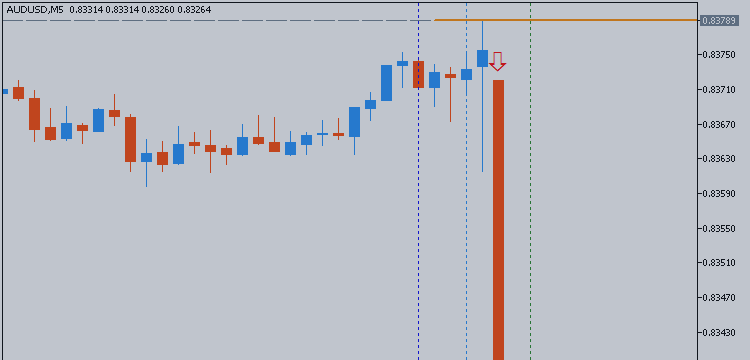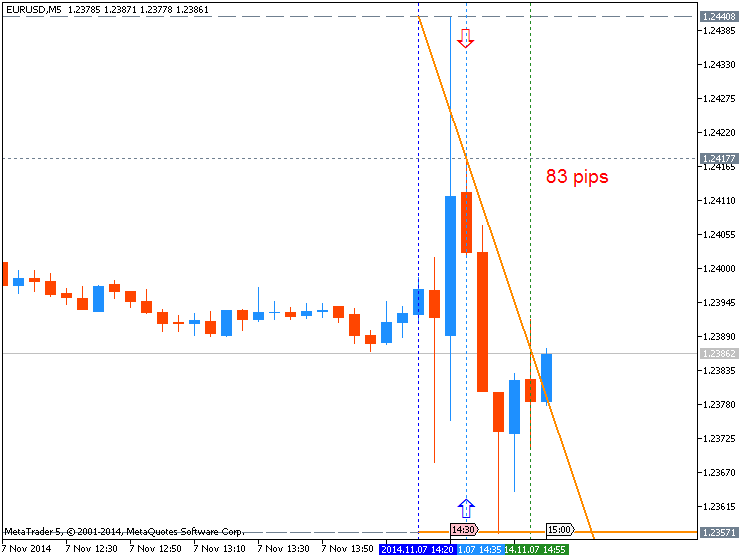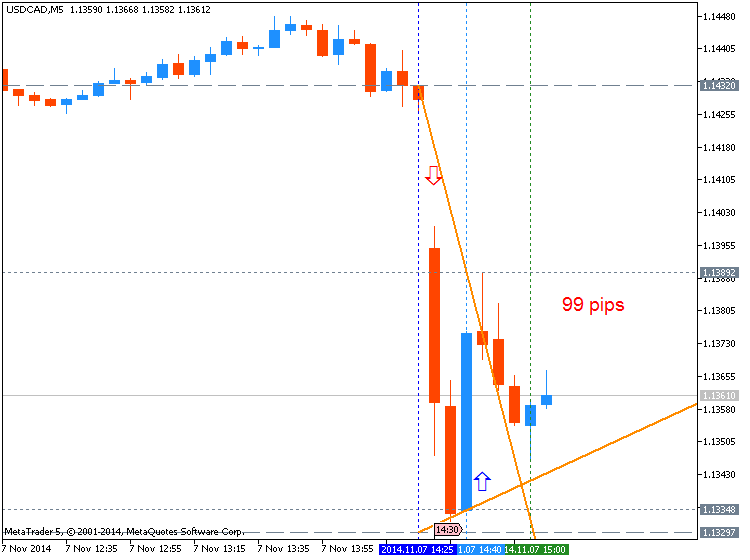
0
362
As there are so many things which can be measured in an economy, there
are tons of economic releases every month, with new numbers coming out
on almost a daily basis. With all this data it is easy to get
overwhelmed when looking at the economic calendar and trying to
determine what is important to us as traders. While the importance of
different economic indicators to the markets changes depending on
current economic conditions, there are approximately 10 major economic
indicators that have and always will be important to the market. Most
of the other data that is reported throughout the month is similar to
one of these 10 indictors, so once we have an understanding of the main
numbers everything else will make a lot more sense.
Before getting started here it is important to understand that economic releases are designed to try and give a picture of either:
1. What has already happened in the economy based on past numbers (referred to as a lagging indicator)
2. What is anticipated going forward based on past numbers. (referred to as a leading indicator)
3. What is happening right now based on current data. (referred to as a coincident indicator)
Economic indicators are designed to try and give a picture of the growth the economy is experiencing, the level of price increases or inflation that the economy is experiencing, or both.
While the overall number of jobs added or lost in the economy is obviously an important current indicator of what the economic situation is, the report also includes several other pieces of data which can move the markets:
1. What the unemployment rate is in the economy as a percentage of the overall workforce. This is an important part of the report as the amount of people out of work is a good indication of the overall health of the economy, and this is a number that is watched by the Fed as when it becomes too low (generally anything below 5%) inflation is expected to start to creep up as businesses have to pay up to hire good workers and increase prices as a result.
2. What sectors the increase or decrease in jobs came from. This can give traders a heads up on which sectors of the economy may be primed for growth as companies in those sectors such as housing add jobs.
3. Average Hourly Earnings. This is an important component because if the same amount of people are employed but are earning more or less money for that work, this has basically the same effect as if people had been added or subtracted from the labor force.
4. Revisions of previous non farm payrolls releases. An important component of the report which can move markets as traders re-price growth expectations based on the revision to the previous number.
As with all the economic numbers that we study after following the release for several months in a row you will get a feel of what the market is focused on and how it will most likely react should the number come in off estimates. With this in mind I will be posting a discussion piece on this lesson on InformedTrades which you will find in the comments section below after the release. If you are watching this video on Youtube I have included a link to the lesson in the description section of the video.

Before getting started here it is important to understand that economic releases are designed to try and give a picture of either:
1. What has already happened in the economy based on past numbers (referred to as a lagging indicator)
2. What is anticipated going forward based on past numbers. (referred to as a leading indicator)
3. What is happening right now based on current data. (referred to as a coincident indicator)

Economic indicators are designed to try and give a picture of the growth the economy is experiencing, the level of price increases or inflation that the economy is experiencing, or both.

While the overall number of jobs added or lost in the economy is obviously an important current indicator of what the economic situation is, the report also includes several other pieces of data which can move the markets:
1. What the unemployment rate is in the economy as a percentage of the overall workforce. This is an important part of the report as the amount of people out of work is a good indication of the overall health of the economy, and this is a number that is watched by the Fed as when it becomes too low (generally anything below 5%) inflation is expected to start to creep up as businesses have to pay up to hire good workers and increase prices as a result.
2. What sectors the increase or decrease in jobs came from. This can give traders a heads up on which sectors of the economy may be primed for growth as companies in those sectors such as housing add jobs.
3. Average Hourly Earnings. This is an important component because if the same amount of people are employed but are earning more or less money for that work, this has basically the same effect as if people had been added or subtracted from the labor force.
4. Revisions of previous non farm payrolls releases. An important component of the report which can move markets as traders re-price growth expectations based on the revision to the previous number.
As with all the economic numbers that we study after following the release for several months in a row you will get a feel of what the market is focused on and how it will most likely react should the number come in off estimates. With this in mind I will be posting a discussion piece on this lesson on InformedTrades which you will find in the comments section below after the release. If you are watching this video on Youtube I have included a link to the lesson in the description section of the video.


